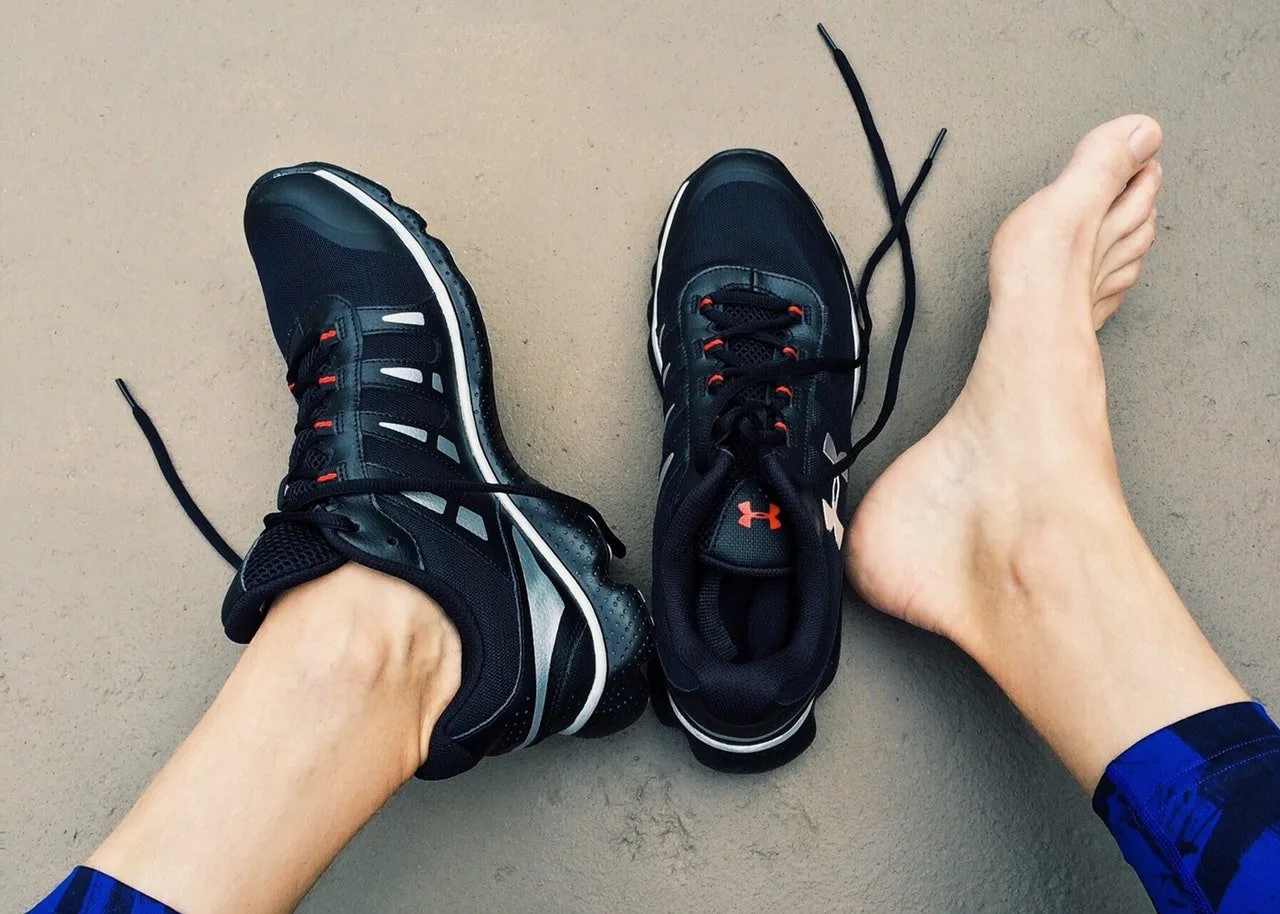Whether you’re taking a leisurely stroll or a brisk run, the condition of your shoe plays a vital role. Wearing worn-out shoes can often significantly impact your well-being. The following are reasons why you need to replace your shoes regularly for optimal foot health and a balanced posture. Longevity Live Paid Content.
The Importance of Replacing Your Shoes Regularly
Cushioning and Support
As shoes age, their cushioning and support become less effective, causing increased pressure and stress on the feet and joints. Inadequate cushioning can lead to foot conditions like plantar fasciitis, metatarsalgia, and stress fractures. To ensure foot comfort and reduce fatigue, replace worn-out shoes with new ones with adequate cushioning and support.
Regularly inspecting shoes for signs of wear can indicate when it’s time to invest in a new pair. Prioritizing shoes with adequate cushioning and support can alleviate pressure, reduce foot condition risk, and enhance overall comfort.
Altered Foot Mechanics
Overpronation and supination are common issues caused by worn-out shoes, disrupting foot mechanics and causing strain on ligaments, tendons, and muscles. Wear shoes with adequate support and stability to prevent these issues, including proper arch support, cushioning, and a design tailored to your foot type.
Regular replacements are crucial for maintaining optimal foot mechanics and preventing unnecessary strain. Prioritizing supportive footwear and addressing foot mechanics abnormalities can alleviate strain, promote better posture, and reduce the risk of foot-related injuries and long-term musculoskeletal problems.
Increased Risk of Injuries
Wearing out shoes can negatively impact foot mechanics, causing issues like overpronation and supination. Overpronation strains ligaments, tendons, and muscles, leading to conditions like plantar fasciitis and shin splints. Supination causes stress on the outer edge, disrupting natural foot alignment and causing potential musculoskeletal issues.
Wear shoes with proper support, stability, and design tailored to your foot type to mitigate these effects. Regularly replacing worn-out shoes is crucial for maintaining optimal foot mechanics and preventing unnecessary strain on your feet, ligaments, tendons, and muscles.

Tropic Monsoon slide-on travel shoes CREDIT: TROPICFEEL
Postural Misalignment
Postural misalignment is a condition where the body’s alignment and positioning deviate from its optimal state. Shoes play a crucial role in maintaining proper posture, but worn-out shoes lacking support can negatively impact posture and overall body alignment.
Overpronation and supination can cause imbalances in various parts of the body, leading to flattening arches and collapsed ankles. Poor posture can cause discomfort, muscle imbalances, and chronic pain.
Uneven Pressure Distribution
Wearing worn-out shoes leads to uneven wear patterns on the soles, causing uneven pressure distribution on the feet. This imbalance can cause pain, discomfort, calluses, and corns, making each step a reminder of the worn-out shoe.
The imbalanced pressure also impacts gait, as the body adjusts to irregularities in shoe soles, disrupting muscle and joint coordination. This can cause issues with balance and stability, increasing the risk of falls, sprains, and injuries.
Reduced Arch Support
Adequate arch support is crucial for proper foot alignment, preventing flat feet and fallen arches. As shoes age, arch support may deteriorate, causing discomfort and instability.
Wearing-out shoes causes excessive load, compromising foot stability, and increases the risk of injuries. Reduced arch support can lead to chronic discomfort, difficulty with foot function, and increased risk of foot-related problems.
Endnote
Investing in quality footwear and replacing your worn-out shoes regularly is essential for maintaining optimal foot health and posture. Take care of your feet by replacing your worn-out shoes promptly to ensure a solid foundation of your overall well-being.



![women [longevity live]](https://longevitylive.com/wp-content/uploads/2020/01/photo-of-women-walking-down-the-street-1116984-100x100.jpg)










